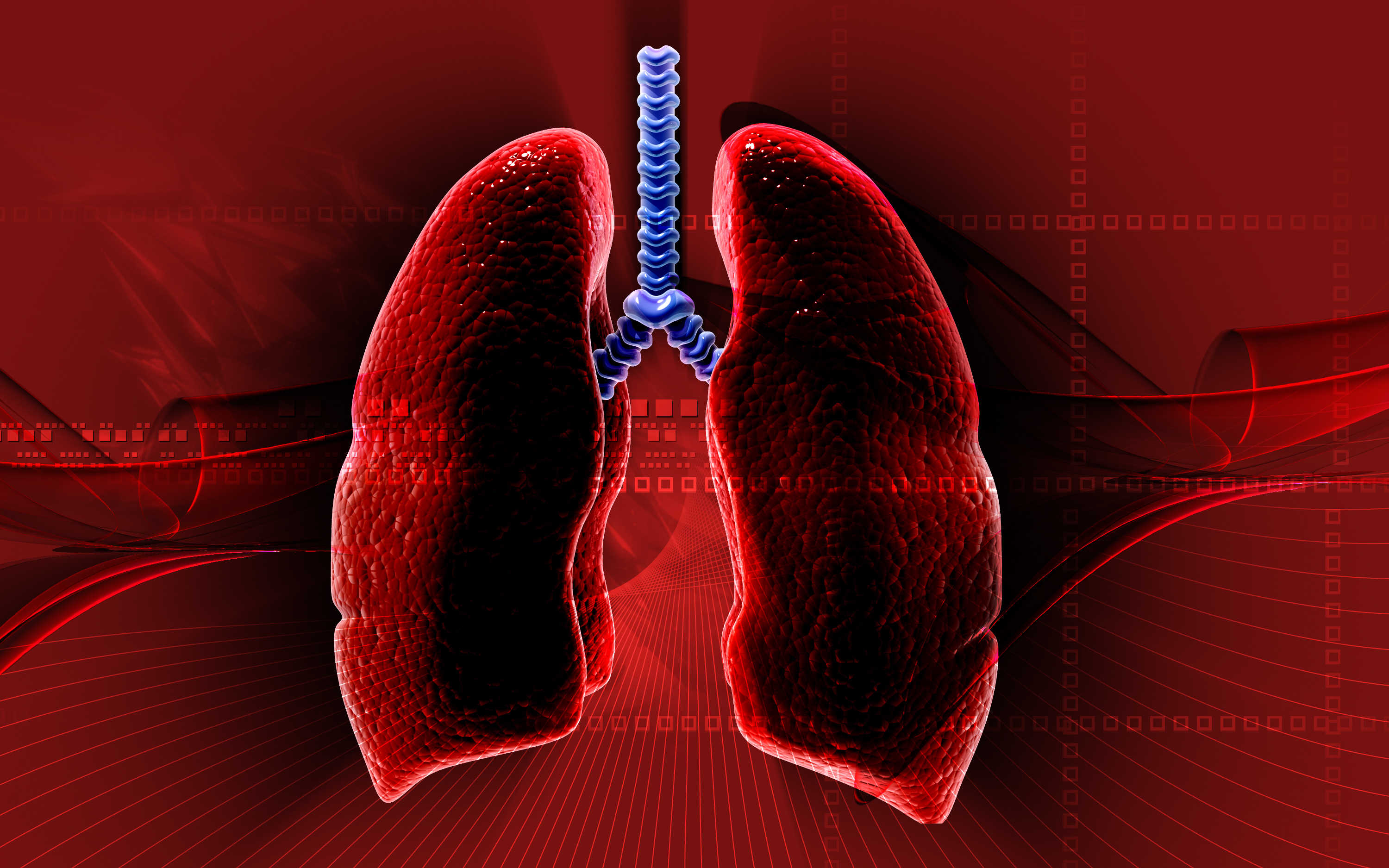Article review: total lung stress and COVID-19 pneumonia

Progression of early COVID-19 pneumonia due to increased total lung stress
The pathophysiology of COVID-19 ARDS (CARDS) seems to be fundamentally different from that of classic ARDS, particularly during the early clinical stages. CARDS lacks extensive oedema and atelectasis. Thus, high PEEP levels, which we usually use in cases of ARDS, may simply further damage the lung. During spontaneous breathing while on mechanical ventilation, total lung stress is the sum of the transpulmonary pressures generated by the patient and by the PEEP. Acting together during hyperventilation, these components may facilitate patient self-induced lung injury (P-SILI).
To shed some light on the basic pathophysiological mechanism of CARDS in comparison to classic ARDS and to investigate the role of total lung stress on its progression in spontaneously breathing patients, Coppola, Chiumello, Busana et al. conducted a study on 140 high-dependency unit patients with CARDS (no exclusion or inclusion criteria) treated with continuous positive airway pressure (CPAP) and non-invasive ventilation (NIV).
Features of the lung were described using quantitative computed tomography (CT), and total lung stress was determined by estimating transpulmonary pressure (based on measurements of oesophagal pressure swings and level of pressure support applied during NIV).
Patients were classified into five groups according to the revised Berlin definition of ARDS: non-CARDS (PaO2/FiO2 > 300 mmHg), mild CARDS (200 mmHg < PaO2/FiO2 < 300 mmHg), mild-moderate CARDS (150 mmHg < PaO2/FiO2 < 200 mmHg), moderate-severe CARDS (100 mmHg < PaO2/FiO2 < 150 mmHg) and severe CARDS (PaO2/FiO2 < 100 mmHg).
The PaO2/FiO2 ratio ranged widely amongst all study subjects, from 477 mmHg to 76 mmHg. In contrast, the lung weight and the fractions of well, poorly, and non-inflated tissue, as well as the CT images, were strikingly similar among severity categories, independently from the degree of oxygenation impairment.
The lung weight in moderate-severe and severe CARDS was approximately half of what has been described in typical ARDS of similar severity. However, the CARDS lung gas-volume, regardless of the severity of gas exchange impairment, was around 2000 ml – 2 times greater than what has been described in the ARDS literature. The explanation of this uncoupling between gas exchange impairment and anatomical lung pathology is conceptually straightforward: impaired or dysregulated lung perfusion.
From the 140 patients included in the study, 106 recovered (positive outcome), and 34 were transferred to the ICU for intubation and invasive mechanical ventilation (negative outcome). 14 of these 34 patients died in the hospital. Anthropometrics, physiological and CT scan variables were entered in univariate logistic regressions to evaluate their association with outcome. A significant association with outcome was found only for PaO2/FiO2 ratio, oesophagal pressure swing and total stress. When these three variables were evaluated together in a multivariate logistic regression analysis, only the total stress was independently associated with negative outcome.
It should be noted that total lung stress was significantly lower at baseline and significantly decreased with time in patients with a positive outcome, compared to patients with a negative outcome.
STUDY STRENGTHS & LIMITATIONS
Strengths:
• Sophisticated methods for anatomical description (quantitative CT) and measurement of lung stress (oesophagal catheter) were used in the study.
• Most of the results of this study are straightforward, as quantitative CT scan analysis and arterial blood gas analysis are standardised tests.
Limitations:
• Possible controversies may derive from the formula for computation of total lung stress: PL = (dPaw − dPes ) + (PEEP · 0.7). For more information on the formula, please refer to the complete article.
• Due to the low number of intubated patients in the study population, some subgroup analyses suffer from low statistical power.
TAKE-HOME MESSAGES
• The relationship between the severity of the oxygenation impairment and lung anatomy contrasts with the classic ARDS literature findings.
• Since the severity of hypoxemia is unrelated to the severity of the anatomical lung pathology in early CARDS, it can be hypothesised that altered perfusion can be the underlying mechanism of gas exchange impairment.
• Although it cannot be determined whether total lung stress is a consequence of or a cofactor for disease progression, it appears to be reasonable to minimise this stress in early CARDS.
• The use of higher PEEP may be useless or even harmful because there is only little recruitable lung tissue.
This article review was prepared and submitted by Viktoria Ilieva, MD, PhD, Anesthesiologist and Intensive Care Physician at University Hospital “St. Ivan Rilski”, Sofia (Bulgaria), on behalf of ESICM Journal Review Club.
REFERENCE
Coppola, S. et al. “Role of total lung stress on the progression of early COVID-19 pneumonia“. Intensive Care Med 47, 1130–1139 (2021).